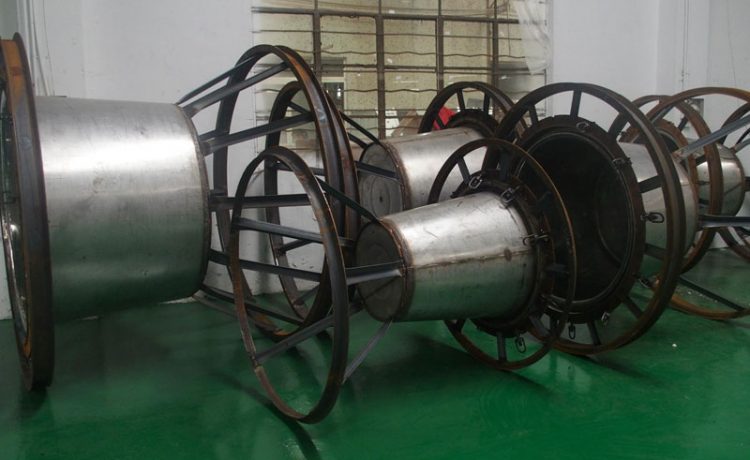- 1. If the compressive capacity of the product wall is required to be higher, whether the product should be designed with ribs or “kiss” structure.
- 2. In the direction of product release, whether the design includes a deep side sink. If it is, they must be designed on the outside or as a movable insert, so that the mold cost will increase. Because of the shrinkage of plastic, some small depressions can be ignored. However, it is necessary to know how much the degree of depression does not require an additional mold.
- 3. How many mold blocks are there. Under standard circumstances, there are two molds, but if the design of the product is more complicated, multiple molds may be required. This will affect the cost of the mold, the maintenance of the mold and the unit cost of the plastic products.
- 4. Pay attention when designing the size of the rotomolding mold. Generally speaking, the shrinkage of rotomolded products is about 3%. If rotomolded products require high dimensional accuracy, the raw material parameters, product internal structure, mold material shrinkage, etc. Do analysis and adjustment.
- 5. What kind of surface treatment is required for the product, whether it is inlaid on the surface of the mold or machined on the cast mold. The difference in the degree of surface treatment not only has a great impact on the cost of the mold, but sometimes the specific surface treatment will affect the release of the product.
- 6. Whether the fillet is large enough in the design to allow the resin to flow freely to every part of the mold. What is the sufficient radius
- 7. Are there areas on the product where the resin flow between the two walls is not good. How long is the distance in this area. If the distance is long, the surface treatment of the mold here will be difficult and increase the cost. If it is narrow, the resin is difficult or even impossible to flow into the cavity.
- 8. Whether to use inserts to attach other parts to plastic products. What is the position of the inserts and whether they can maintain their state during the molding operation.
- 9. Where is the parting surface of the mold. Sometimes the aesthetic requirements of the product and the actual requirements of the mold making will be different on the parting surface problem.
- 10. The corners of rotomolded products should be designed as rounded corners, not as sharp or right angles. Rounded corners help the flow and forming of raw materials. The larger the rounded angle, the better the uniformity of the wall thickness of the corner and the better the molding.
China Mold > Blog > FAQ > How To Make Products More Suitable For Rotomolding Process
How To Make Products More Suitable For Rotomolding Process
the authorPlastic Mold
All posts byPlastic Mold
You Might Also Like
Balance the “material and shrinkage” of injection molding
Plastic Mold2020年9月6日
The shrinkage rate of the molding material in the injection mold factory has a great influence on the dimensional accuracy...
Poor injection molding problems and solutions
Plastic Mold2020年9月6日
Two months ago, Mr EMAODL in India was troubled by the problem of poor injection molding. Mr EMAODL contacted PTJ...
What are the twists and turns of the plastic mold quotation?
Plastic Mold2020年9月6日
"Seriously, after working with you, I learned that you are so dedicated to making plastic molds." This is Ms. Huang,...
The original intention of the plastic mold processing plant
Plastic Mold2020年9月6日
In Dongguan, there is such a plastic mold processing factory that has been making molds and injection molding shells for...
How to identify the strength of a plastic mold factory
Plastic Mold2020年9月6日
How to identify whether a plastic mold factory's qualifications meet its own psychological standards, PTJ believes: Interlace is like a...



